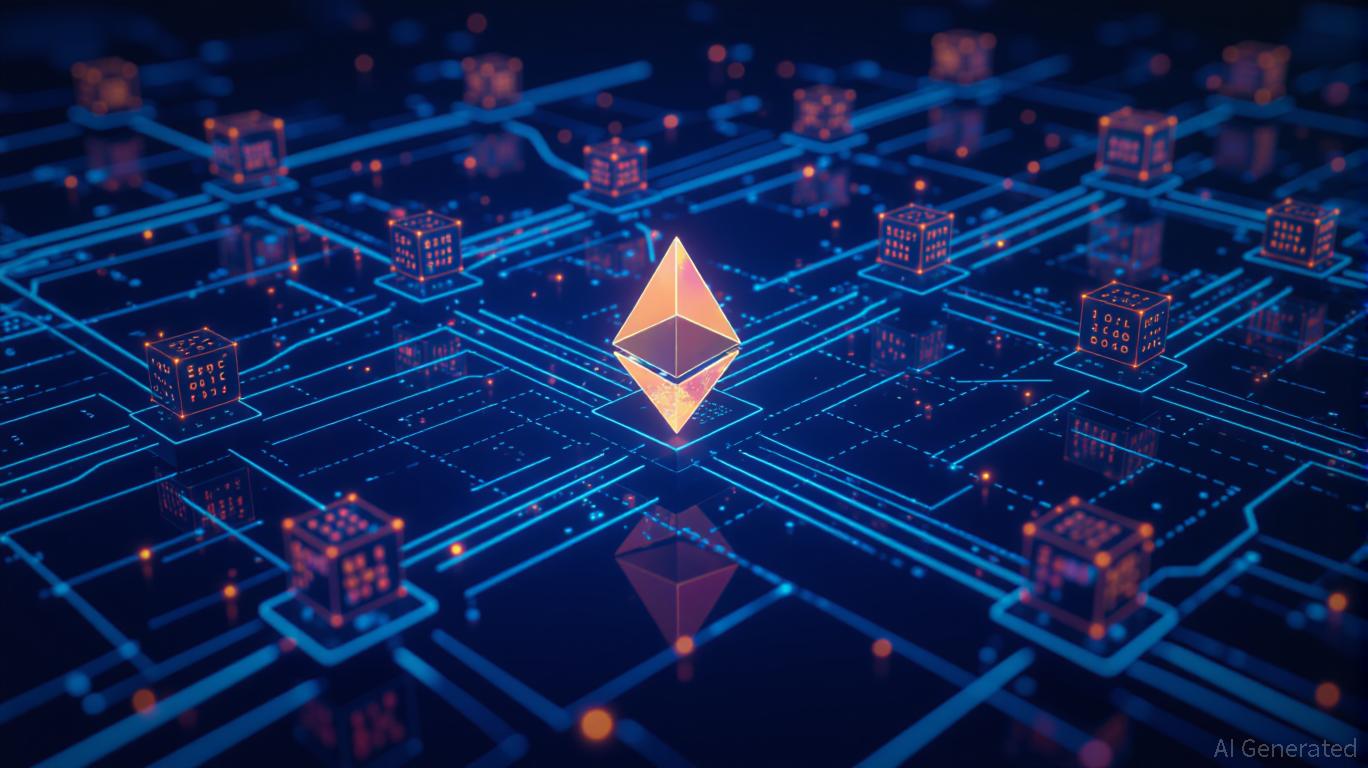Evaluating the Lasting Investment Impact of Zero-Knowledge Scaling on Ethereum Ecosystems
Rapid Expansion of ZK-Based Layer 2 Solutions
The market for zero-knowledge (ZK) Layer 2 solutions is witnessing remarkable acceleration. By 2025, the total value locked (TVL) is expected to surpass $28 billion, with forecasts indicating a compound annual growth rate of 60.7%. By 2031, this figure could soar to $90 billion.
Leading projects such as ZKsync, StarkNet, and Polygon zkEVM are at the forefront, delivering Ethereum Virtual Machine (EVM) compatibility and significantly lowering transaction costs. ZKsync’s recent Atlas upgrade, which achieved an impressive 15,000 transactions per second (TPS), has already attracted major institutional partners like Citi and Deutsche Bank. These organizations are utilizing ZKsync’s Prividium initiative to develop privacy-focused financial solutions.

Innovations in Performance and Scalability
Vitalik Buterin has introduced the "efficiency ratio" (kappa), a new metric designed to help developers assess the trade-offs between encrypted and non-encrypted computations. This approach enables optimization of ZK applications for high-throughput scenarios. Furthermore, the integration of the GKR protocol—a proof system that accelerates ZK verification by 15 times—has empowered platforms like ZKsync to reach 43,000 TPS. These advancements highlight ZK technology’s pivotal role as Ethereum evolves from a modular framework to a more unified scaling solution.
Upcoming Upgrades and Market Impact
The forthcoming Fusaka upgrade is poised to double ZKsync’s throughput, raising its capacity to 30,000 TPS and reinforcing its market leadership. At the same time, Ethereum’s broader Fusaka roadmap, which includes innovations such as PeerDAS and Verkle Trees, is set to improve data accessibility and lower operational costs, aligning with the overarching goal of enhanced scalability.
These technological strides have fueled a rally in ZK-related token values, with assets like STRK and ZKsync’s native token becoming essential components of the blockchain infrastructure investment landscape.